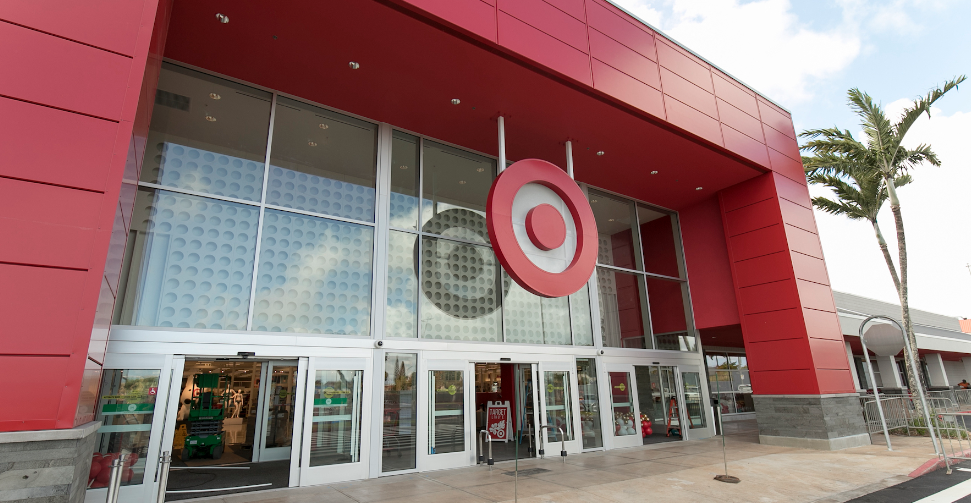Retail shrink, also known as inventory shrinkage, is a persistent issue that has plagued the retail industry for decades. It refers to the loss of inventory, either through theft, damage, administrative errors, or other factors. In recent news, Target’s announcement of store closures has brought the spotlight back on this problem, emphasizing the far-reaching consequences it can have on retailers.
Understanding the Shrink Problem
Shrinkage is a significant challenge for retailers of all sizes, from small local shops to global giants like Target. It’s a multifaceted issue with several underlying causes:
- Shoplifting and Employee Theft: External theft, primarily shoplifting, remains a leading cause of shrinkage. Internal theft, often perpetrated by employees, also contributes significantly to the problem.
- Administrative Errors: Mistakes in inventory management, pricing, and data entry can lead to inventory discrepancies, causing retailers to lose track of their stock and suffer financial losses.
- Supply Chain Issues: Disruptions in the supply chain, such as late deliveries, damaged goods, or theft during transit, can contribute to inventory shrinkage.
- Returns and Damaged Merchandise: Some items are returned in unsellable condition, while others may be damaged during handling, further reducing a retailer’s profitability.
- Customer Fraud: Instances of return fraud, such as using counterfeit receipts or falsely claiming that an item was never received, can also lead to inventory shrink.
The Impact on Retailers
Retail shrinkage can have a significant impact on a retailer’s bottom line. It erodes profitability, decreases inventory turnover rates, and can lead to stockouts or overstock situations. Retailers must invest time and resources in investigating and preventing shrinkage, often diverting funds away from growth and innovation initiatives.
Target’s Store Closures: A Symptom of Shrinkage
The recent announcement by Target to close stores serves as a stark reminder of the far-reaching consequences of the shrink problem. While Target cited various reasons for these closures, including shifts in consumer behavior and a focus on e-commerce, the issue of shrinkage cannot be overlooked.
Retailers like Target are under immense pressure to maintain healthy profit margins, and shrinkage eats into those margins. When inventory losses become unsustainable, retailers may be forced to make difficult decisions, including closing stores to cut costs and refocus their resources on more profitable locations or e-commerce operations.
Preventing and Managing Shrinkage
Retailers employ various strategies to combat shrinkage:
- Loss Prevention Technologies: Many retailers use surveillance cameras, electronic article surveillance (EAS) systems, and RFID technology to deter theft and monitor inventory movements.
- Employee Training: Staff training programs can help employees identify and prevent theft and errors that contribute to shrinkage.
- Inventory Audits: Regular audits and cycle counts help identify discrepancies and prevent inventory losses from going unnoticed.
- Improved Supply Chain Management: Retailers can work closely with suppliers to address issues within the supply chain, reducing the risk of shrinkage.
- Data Analytics: Utilizing data analytics to identify patterns and anomalies can help retailers detect and prevent shrinkage.
Conclusion
The shrink problem in retail is a pervasive issue that continues to challenge businesses across the industry. While recent store closures by Target may be attributed to a range of factors, including shifts in consumer behavior, the impact of shrinkage on profitability cannot be underestimated. Retailers must continue to invest in innovative loss prevention measures and supply chain efficiencies to mitigate the effects of shrinkage and ensure long-term sustainability in an ever-evolving retail landscape.


